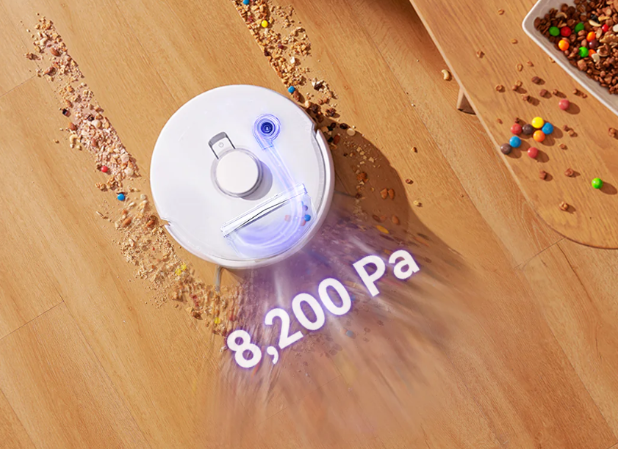When it comes to vacuum cleaners, many people believe that the key to efficient cleaning lies solely in the power of the motor. However, this assumption misses a critical point about how vacuum technology works. While power is important, it’s not the only factor that determines a vacuum cleaner’s effectiveness. The design, airflow, and method of suction are equally crucial.
To truly understand why power isn’t everything, we need to explore the science behind vacuum suction. The balance between different factors helps create a device that not only picks up dirt but does so efficiently, using minimal energy.
How Suction Power Works
Motor Power vs. Airflow
At the heart of any vacuum cleaner is the motor. The motor drives the fan that creates suction, drawing air into the machine and picking up debris. However, raw power alone does not guarantee that a vacuum will clean effectively. The airflow—how air moves through the vacuum—plays a significant role in determining how well the device can pick up particles.
If airflow is restricted or poorly designed, even the most powerful motor won’t be able to compensate for the loss in efficiency. A well-optimized robot vacuum achieves excellent cleaning results by balancing power with airflow efficiency, ensuring it captures more debris with each pass. You can learn more about the latest advancements in robotic vacuums here.
The Role of Nozzles and Brushes
Another key aspect of vacuum suction is the nozzle design and the type of brushes used. A well-designed nozzle creates a seal between the vacuum and the surface, concentrating the airflow and increasing suction efficiency.
This helps pick up more dirt without necessarily requiring more power. Similarly, rotating brushes help loosen debris, making it easier for the vacuum to suck up particles from carpets, rugs, or even hard floors.
Why More Power Isn’t Always Better
Many people assume that the more powerful the motor, the better the cleaning performance. However, this is not always true. If the design of the vacuum doesn’t properly manage airflow or fails to optimize the suction path, more power can actually result in wasted energy and increased noise without better cleaning results.
Energy Efficiency
Energy efficiency is becoming increasingly important in modern households. A vacuum that relies solely on high power may consume more electricity, which can increase your utility bills over time.
An energy-efficient robot vacuum with optimized suction technology can deliver superior cleaning results without consuming excessive amounts of power. This balance not only saves energy but also contributes to the longevity of the vacuum, as the motor doesn’t have to work as hard.
The Importance of Suction Design
Multi-Stage Filtration
Modern vacuums incorporate multi-stage filtration systems that trap dust, allergens, and fine particles. While suction power helps draw debris into the vacuum, filtration ensures that the particles don’t escape back into the air. A well-designed filtration system can make a vacuum more effective, even if it doesn’t have the highest suction power.
Suction Channels and Debris Paths
Another often-overlooked aspect of suction efficiency is the design of the vacuum’s internal channels and debris paths. A well-designed vacuum ensures that the debris flows smoothly through the vacuum without obstruction. This maximizes suction efficiency, ensuring that less power is wasted in moving air and particles. In other words, thoughtful engineering can outperform sheer motor strength.
The Future of Vacuum Suction
As technology evolves, vacuum cleaners are becoming smarter, more energy-efficient, and more effective at cleaning. Innovations in suction technology and design are allowing for powerful cleaning performance without relying solely on motor power.
By focusing on airflow, nozzle design, and filtration, the vacuum cleaners of today can deliver outstanding results while consuming less energy and making less noise.
In the world of vacuums, it is clear that power isn’t everything. A smart, efficient design that optimizes airflow and suction can offer superior cleaning results, proving that sometimes, less really is more.

